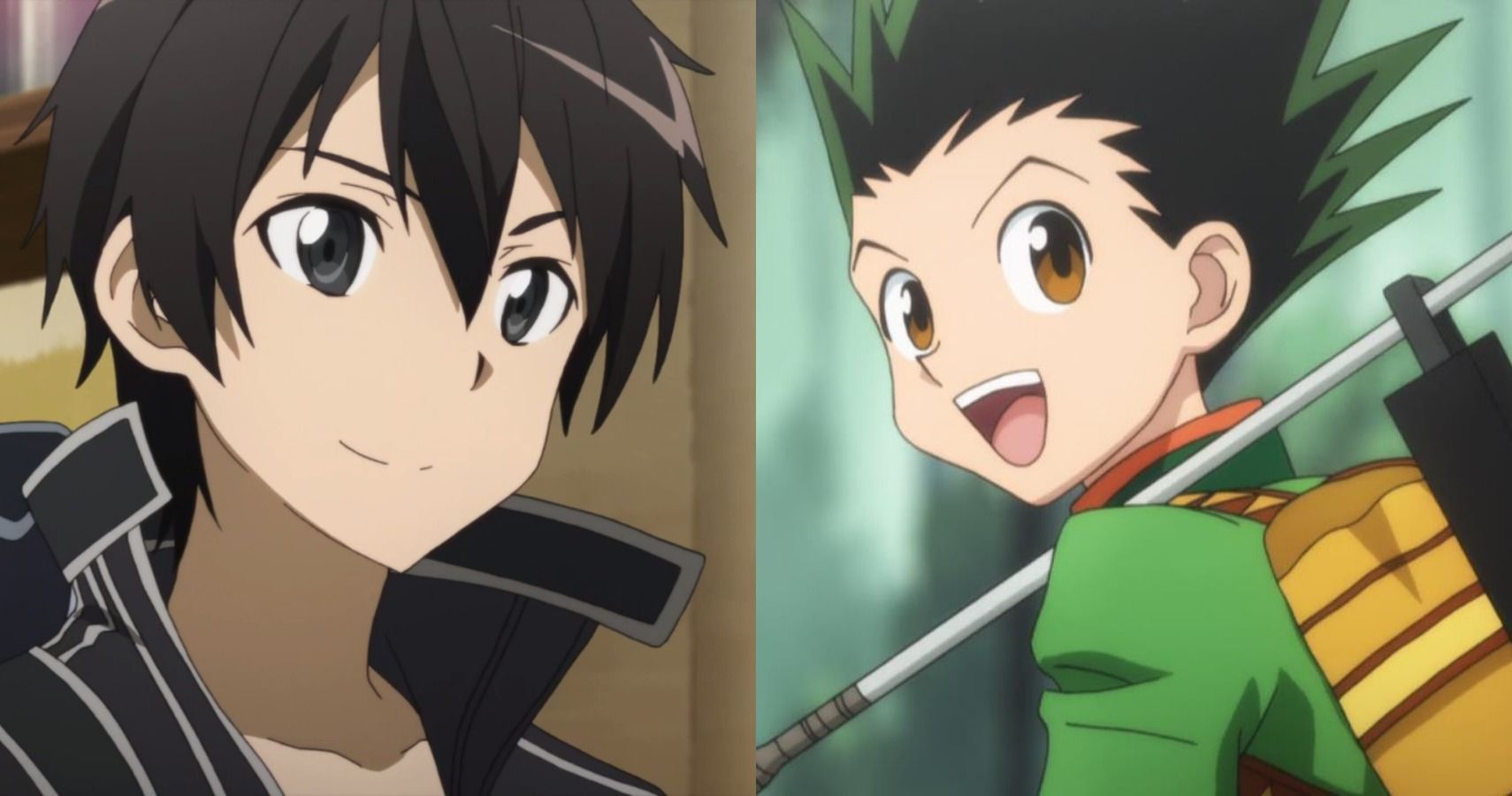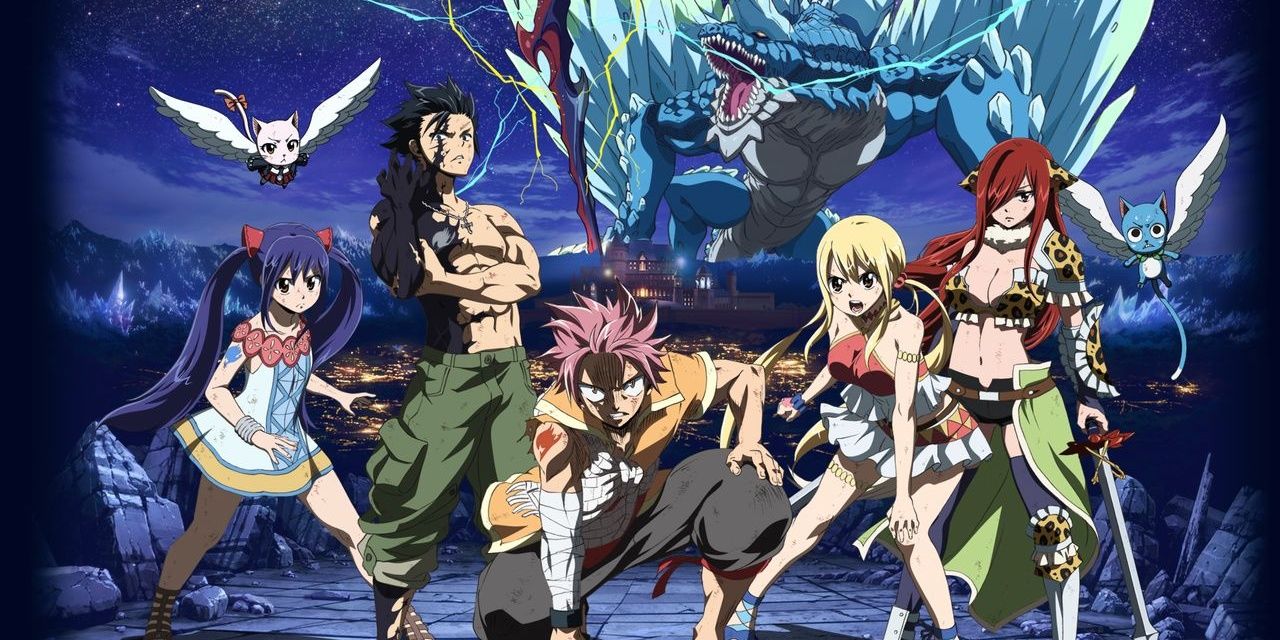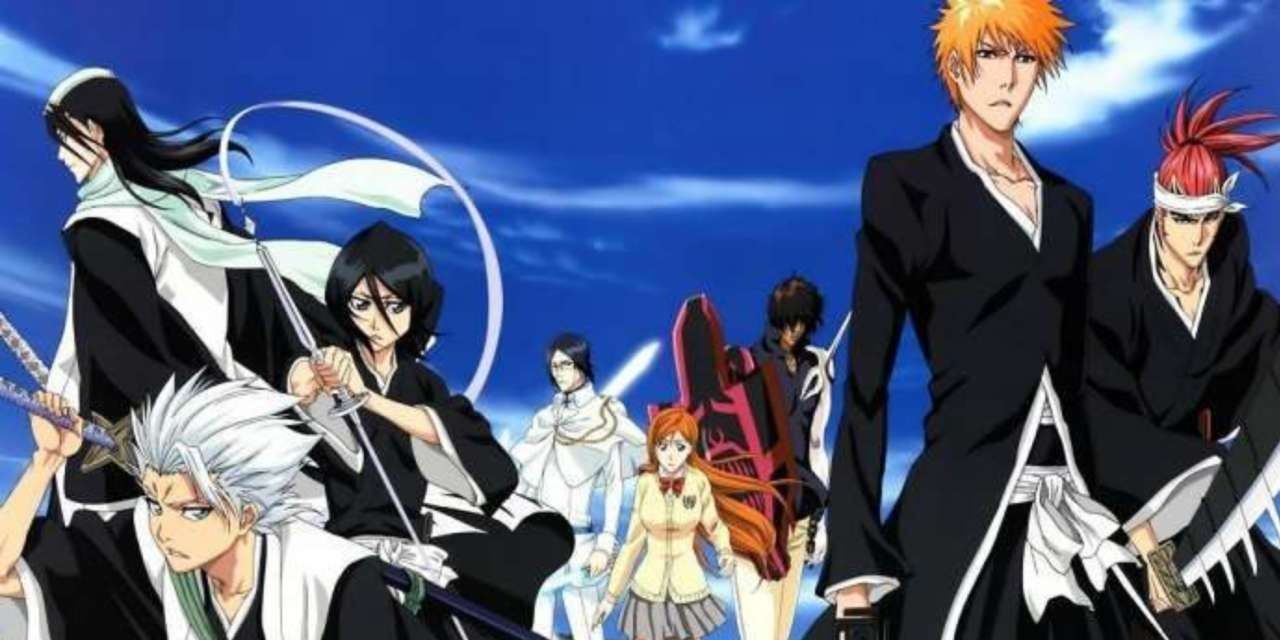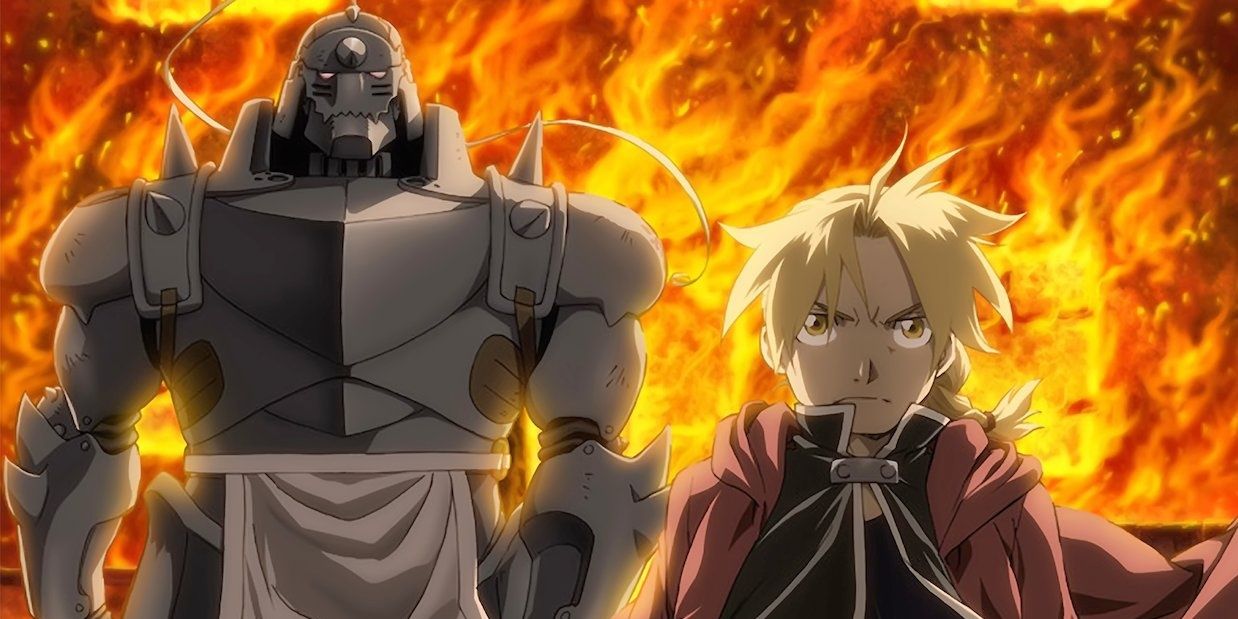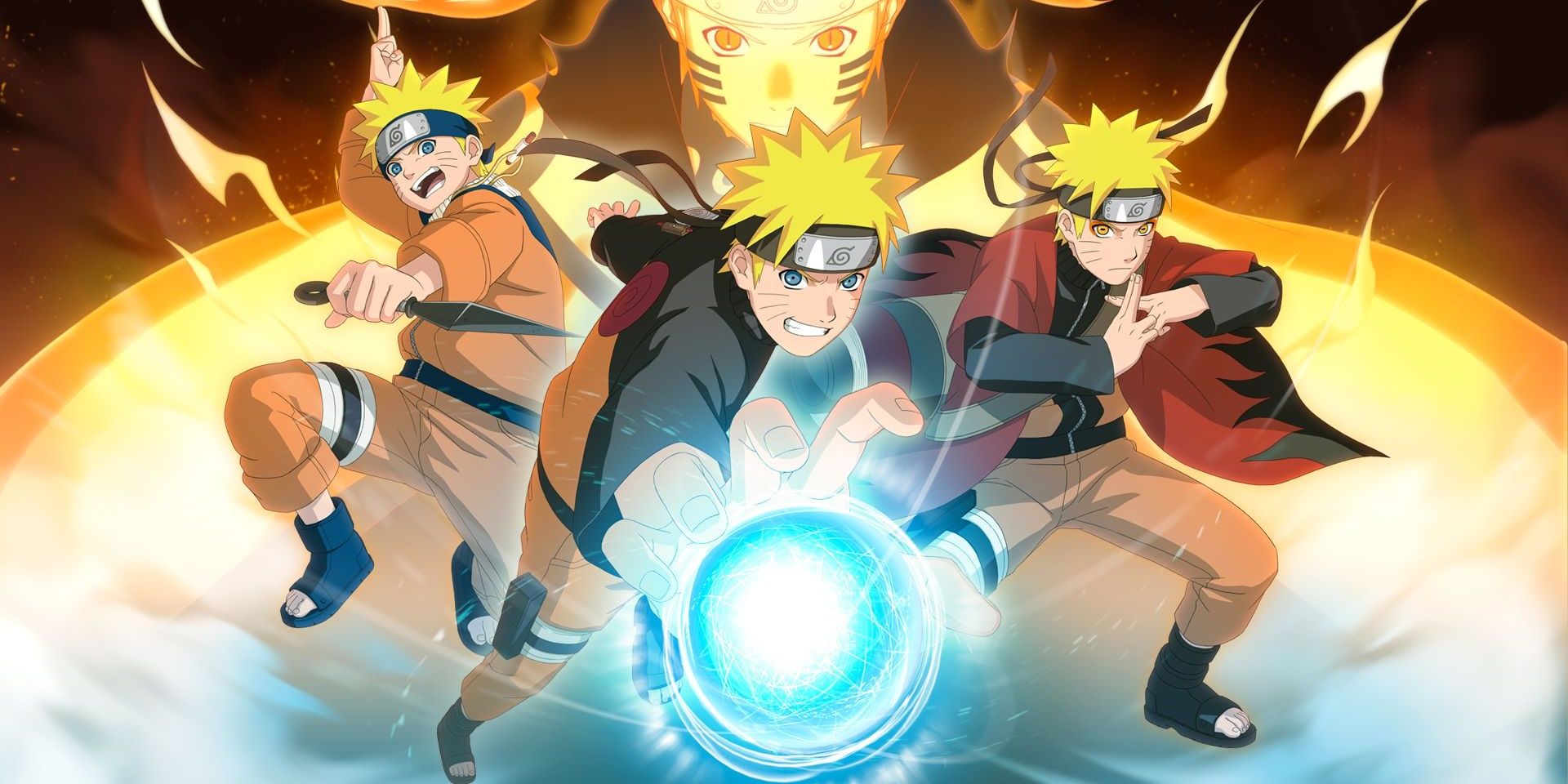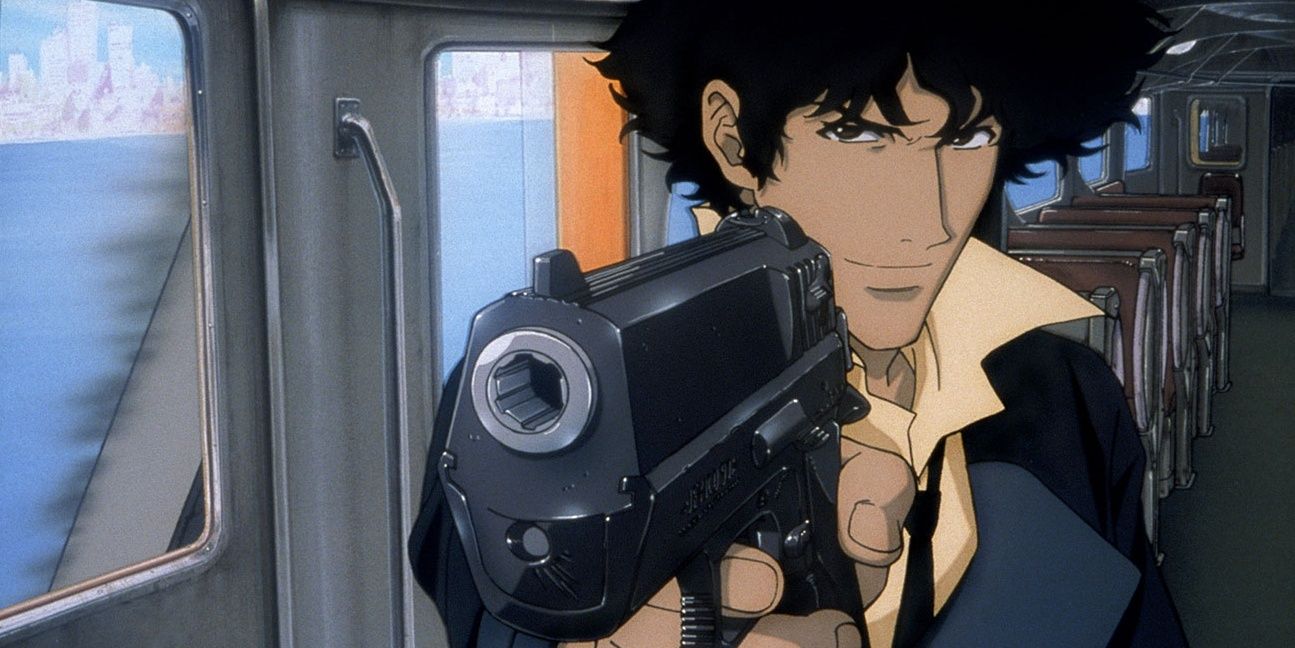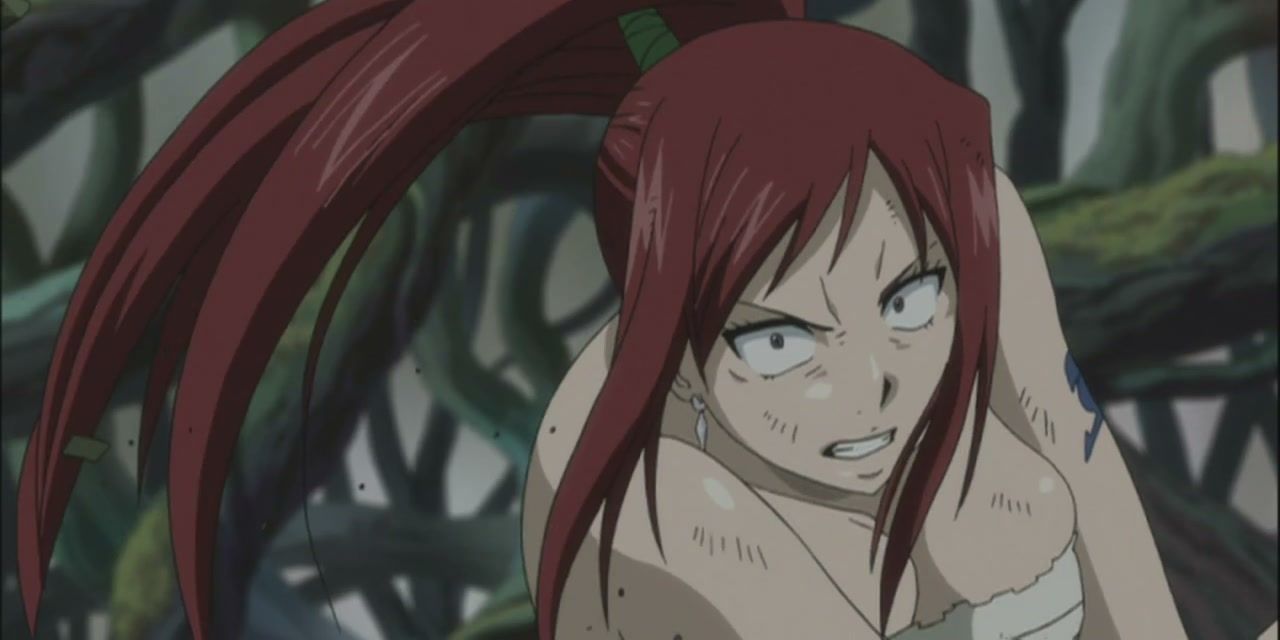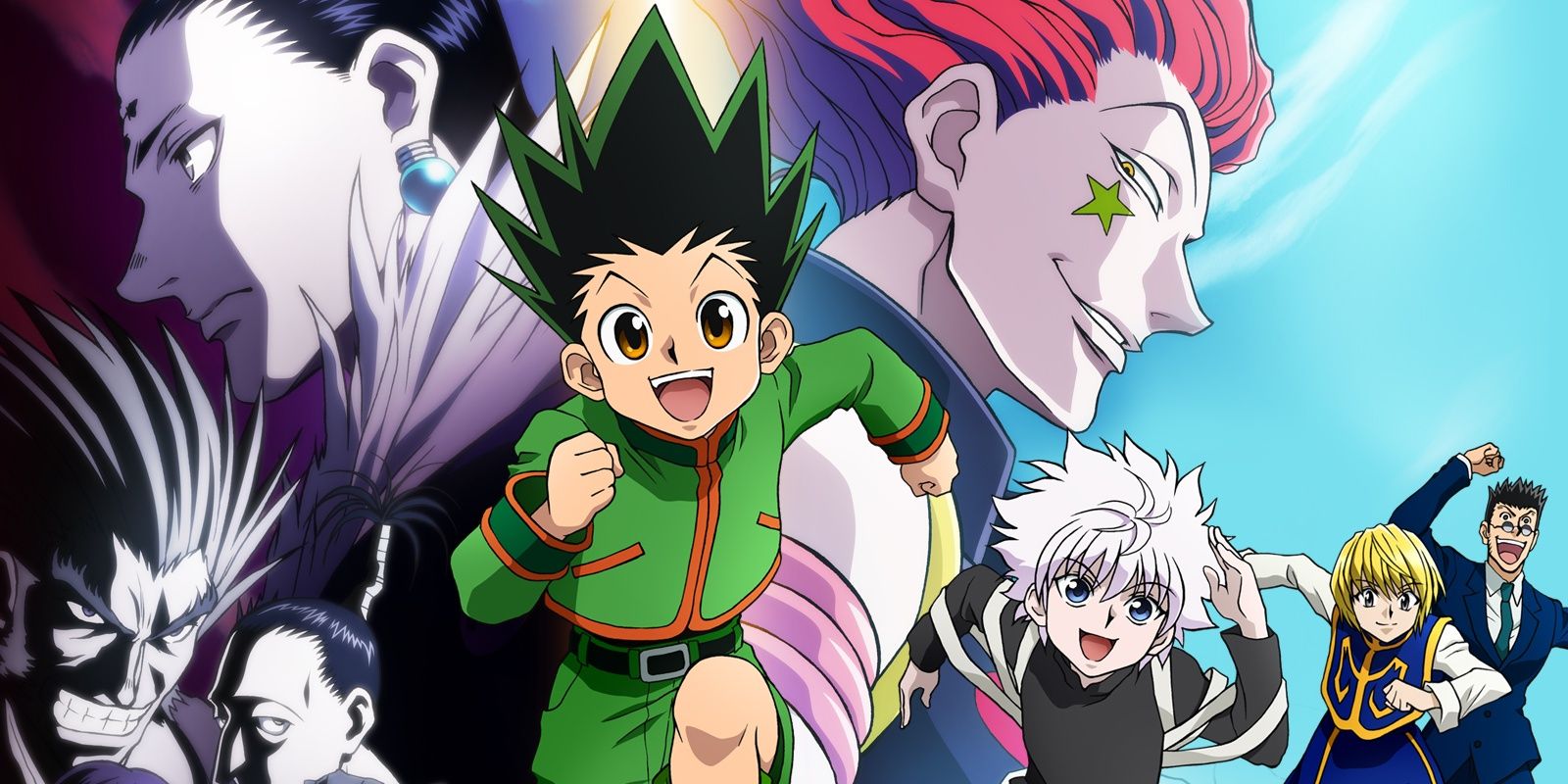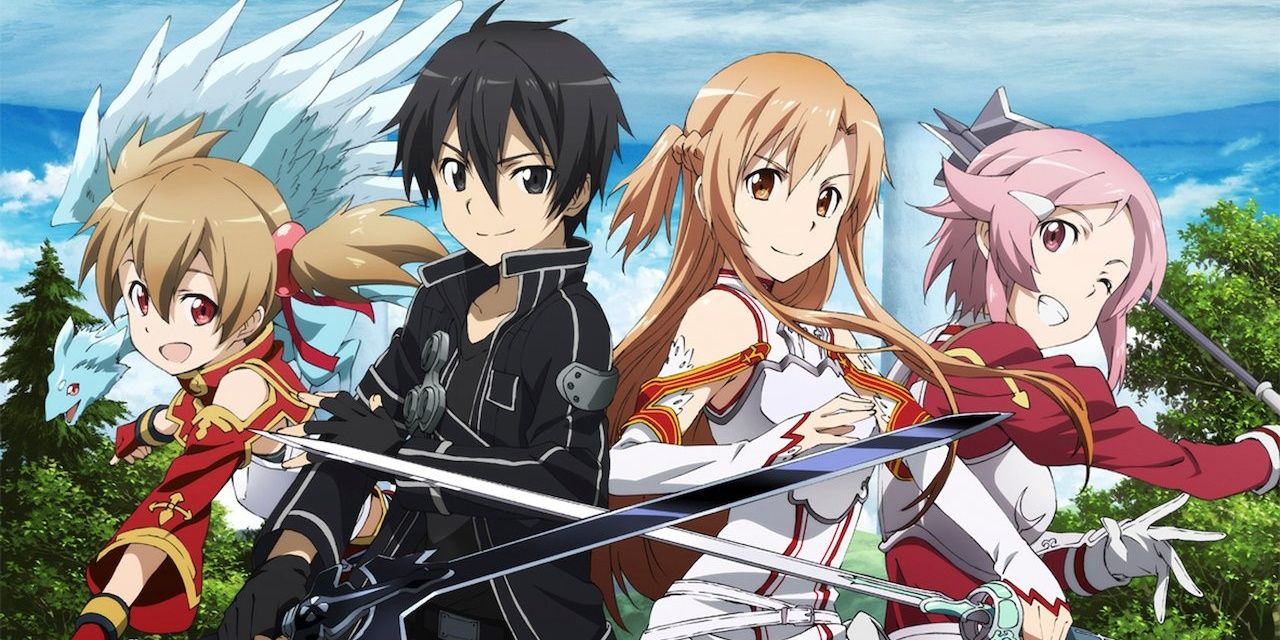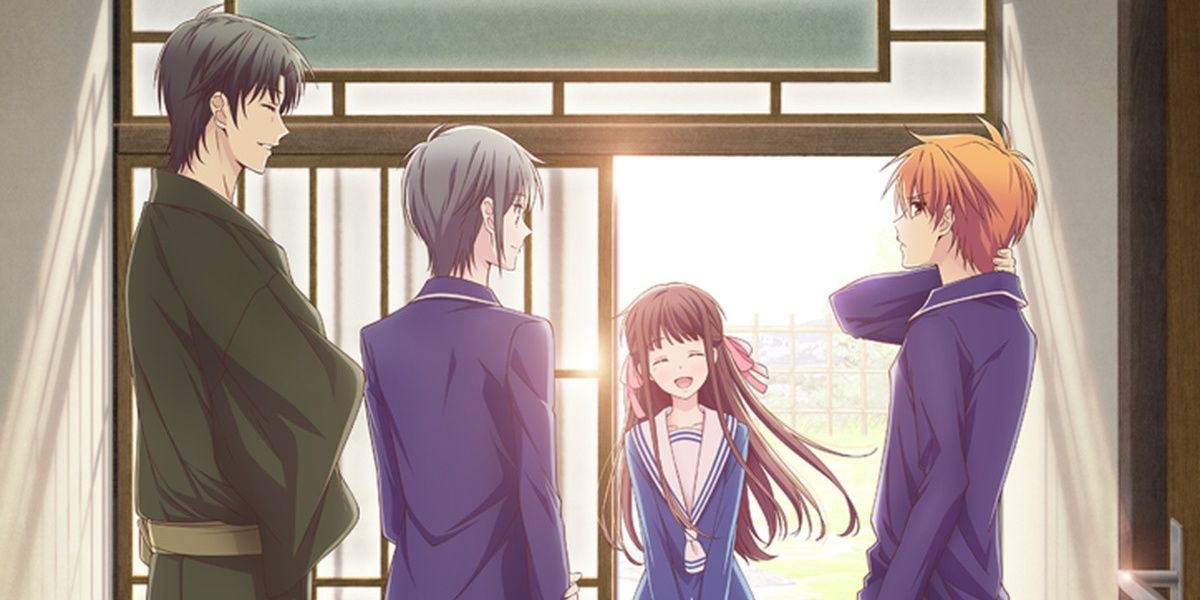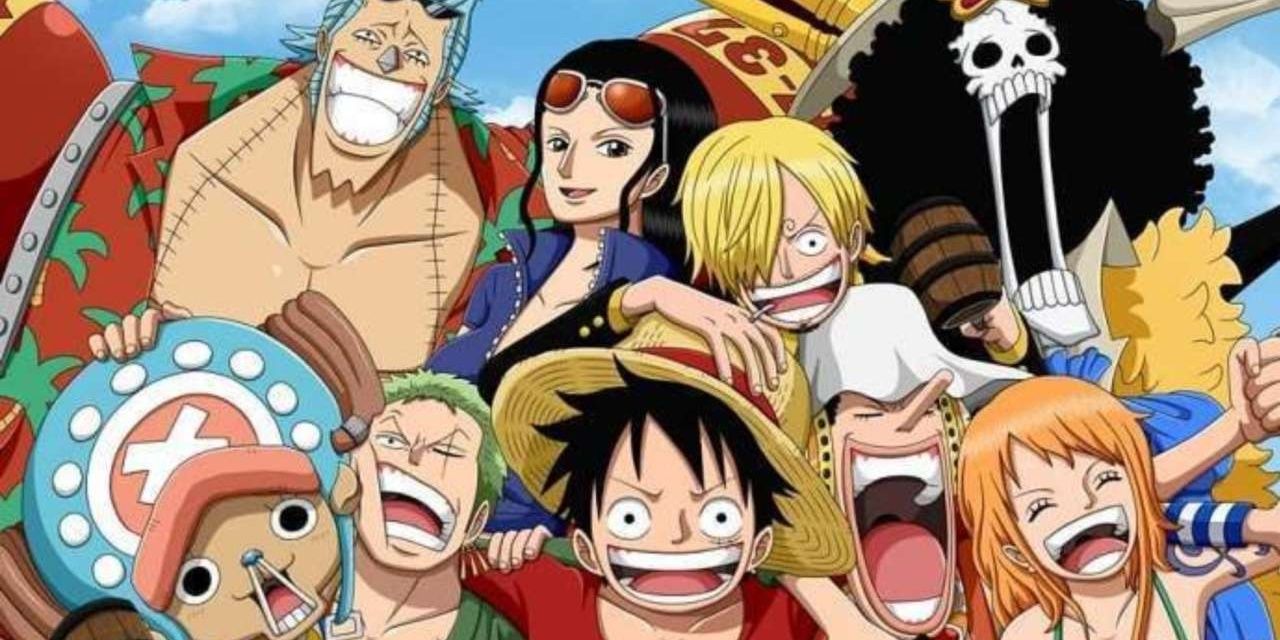The age-old argument of 'who does it better' has been going on for years. Die-hard anime fans are convinced that Japanese anime is the superior art form, while those who prefer Western animation are convinced otherwise. These animation styles are on such different ends of the spectrum that the versus argument is redundant–they're simply too different for a definitive answer.
Each style has its strengths and faults, leaving it down to personal preference. That being said, the strengths and faults are what this list addresses. The following points are what tend to skew a person's preferences to one side or the other.
10 Does Better: Volume
Japanese anime's sheer volume of episodes tends to trump Western animation across the board. With sometimes hundreds of episodes enabling a story to progress through countless story arcs, there is more to watch, which, in this age of binge-watching and streaming, is a solid advantage.
By utilizing its limited animation style, Japanese anime is quicker and cheaper for studios to make, allowing them the freedom to pump out episodes at an astounding rate. For instance, Fairy Tail, an extremely popular anime, has nine seasons with a combined episode count of three-hundred-and-twenty-eight, and that's not including the count for the current season, Fairy Tail 100 Years Quest.
9 Does Worse: Frame Rate
While Japanese anime's limited animation style is what allows it to produce episodes so quickly and makes such complex character designs possible, it does come with some drawbacks, such as the low-frame rate.
This results in long scenes without much movement, save for a moving mouth as a character speaks, and maybe an occasional blink of the eyes. Alongside these are frozen action shots with audio to fill in the blanks, and incredibly beautiful and detailed yet still backgrounds.
8 Does Better: Middle Ground
Western animation tends to stick to two categories: for children, and for adults. The stigma that cartoons are for kids has started to break apart through the efforts of Dreamworks, Disney, and Pixar with their family films, but as far as television goes, there is still a dramatic age gap in what people watch. The adult shows are typically crude comedies, while kids shows are light, adventure-filled, and avoid taboo subjects such as death and war–with notable exceptions, such as Avatar: The Last Airbender and Steven Universe.
Japanese animation operates in a middle ground, with complicated, beautiful stories that don't shy away from reality. Fullmetal Alchemist: Brotherhood is an anime that does this extremely well, and is enjoyed by adults and younger audiences alike.
7 Does Worse: Lip Syncing
Another side-effect of limited animation is bad lip-syncing. To save on cost and time, studios tend to loop and reuse sequences of animation, especially the mouth movement. The animation is completed before recording the dialogue, resulting in an animated mouth that doesn't match the words coming out of it.
While fans of anime have learned to overlook this, it can become a serious distraction from the story and dialogue, potentially breaking the immersion for the audience. Dubbed anime usually has better lip-syncing than the original due to the dialogue translation being altered in order to match the movement of characters' mouths.
6 Does Better: Genre Variety
The sheer range of variety in Japanese anime far exceeds that of Western animation. Japanese anime has something for everyone, constantly pushing the boundaries of genre, with shows aimed at many demographics, including those that Western animation simply doesn't market for, such as Seinen anime, which is aimed specifically at ages 15-24.
From cyberpunk space-western Cowboy Bebop to dark fantasy psychological thriller Madoka Magica, all audiences are covered. Certain Japanese animes, for instance, the hit show Yuri On Ice, feature LGBT romances, a genre that is all but absent in Western animation.
5 Does Worse: Female Representation
A lot of Japanese anime over-sexualizes their female characters, often through a method called fan-service, where the studios include bits of animation purely to make the audience happy–this most often results in a moment of large, bouncing breasts with a crude sound effect or a breeze lifting a girl's skirt, revealing laced underwear.
Even the most powerful women in anime fall victim to this. If we look at Fairy Tail's Erza Scarlet, we'll see the strongest woman in the guild, but we'll have to look past some of her skimpy outfits to do so.
4 Does Better: Character Design
Due to the limited animation style, Japanese anime can afford to have more detailed character designs while Western animation keeps things simple, often basing their characters around shapes.
Compare popular Western series Adventure Time to an anime from a similar genre like Hunter X Hunter–the extent of detail is on a different level. Fans find anime characters particularly compelling for fan-art and cosplays.
3 Does Worse: Exposition
Perhaps a result of limited animation's long scenes of negligible movement, or maybe just differences in writing style, the exposition in anime can drag. Characters over-talk, getting far deeper into expressing opinions and morals than any actual person is wont to do in normal conversation.
May scenes are devoted to explanation and discussion, which can leave the audience feeling bored and restless. Western animation writers are taught specific techniques to avoid this, one of which is 'Chekhov's Gun,' where any element of a story that isn't necessary should be cut. If a gun is mentioned, it should be fired, otherwise, there was never a point in having it in the first place.
2 Does Better: Character Development
Most Western animation scripts tend to follow a format: at the end of an episode, the characters return to the status quo. This could be attributed to the fact that Networks want to be able to air reruns without having to be conscientious of episode order, or that some shows just aren't interested in keeping up with continuity; either way, it has become a trope that the status quo remains stagnant until perhaps the final episode.
Anime characters develop and change, and the changes are often permanent. They learn and they grow, which provides the audience with a much more compelling story than if everything were to simply stay the same. The characters of Fruits Basket have complex, emotional character development, and while the show is only in its second season, the popular manga promises more to come.
1 Does Worse: Art Style Variety
Anime has a distinct look. It can be recognized with a glance, and while there is a large variety of art styles, it all looks like anime. Western animation has a wider range of styles. Put shows next to each other like Futurama, Archer, Rick and Morty, and Trollhunters, and they all look completely different.
If that is done with Japanese anime, even ones with drastically different styles like Jojo's Bizarre Adventure and One Piece, they come from the same artistic roots and have the same core constructs. The way faces and bodies are designed is widely the same, resulting in a universal look.

